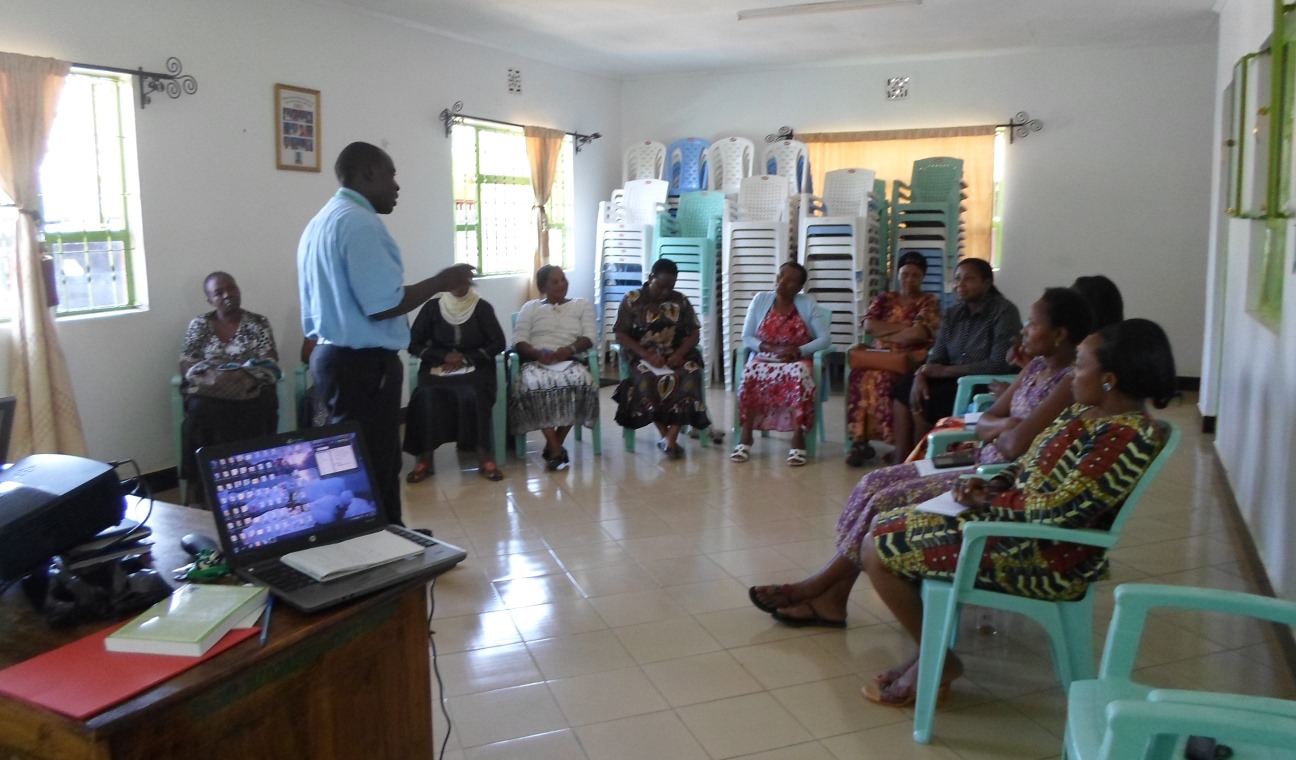
How does STAWI recognize gender mainstreaming?
STAWI has been embracing gender mainstreaming in Tanzania as a way of realizing gender equality. It means to purposefully consider the perspective of both male and female people during the design, implementation, monitoring, and evaluation elements of policies, regulatory measures, and spending programs. By doing this, STAWI believes that there is a view of increasing equality between men and women, helping to reduce discrimination and fostering gear for development in our nation.
It seems like a simple act; however, most government bodies and decision making-positions are dominated by men, and therefore male perspectives on topics. Implementing male-biased policies onto a population that is 50% female may not be the best way to reach effective objectives. Gender mainstreaming is a way to prevent the creation and reinforcement of inequalities that can have a negative impact on all members of a population. It also helps to create policies that undo the negative work of discriminatory policies that came before.
Why does STAWI consider gender mainstreaming important?
By ensuring that both men and women are heard and that both are taken into account equally at all stages of development and policymaking, gender mainstreaming helps to ensure that policies are of a higher quality. It allows policies to respond effectively to the needs of the majority of citizens – women, men, girls, and boys – rather than just men. And, in all sectors, improving the effectiveness of beneficial policies for everyone has major benefits.
Organizations like the STAWI want even the smallest policies to consider gender. This is particularly important for governments to consider as they have the power, authority, and capital to impact huge numbers of people through their policies. If they don’t undertake gender mainstreaming, this also means they can create huge amounts of inequality not just in their own organizations, but across the nation.
Key concepts of Gender in real life
The concept of gender needs to be understood clearly as a cross-cutting socio-cultural variable. It is an overarching variable in the sense that gender can also be applied to all other cross-cutting variables such as race, class, age, ethnic group, etc. Gender systems are established in different socio-cultural contexts which determine what is expected, allowed, and valued in a woman/man and girl/boy in these specific contexts. Gender roles are learned through socialization processes; they are not fixed but are changeable. Gender systems are institutionalized through education systems, political and economic systems, legislation, and culture and traditions. In utilizing a gender approach the focus is not on individual women and men but on the system which determines gender roles/responsibilities, access to and control over resources, and decision-making potential
It is also important to emphasize that the concept of gender is not interchangeable with women. Gender refers to both women and men, and the relations between them. The promotion of gender equality should concern and engage men as well as women. In recent years there has been a much stronger direct focus on men in research on gender perspectives. There are three main approaches taken in the increased focus on men. Firstly, the need to identify men as allies for gender equality and involve them more actively in this work. Secondly, the recognition that gender equality is not possible unless men change their attitudes and behavior in many areas, for example in relation to reproductive rights and health. And thirdly, that gender systems in place in many contexts are negative for men as well as for women – creating unrealistic demands on men and requiring men to behave in narrowly defined ways. A considerable amount of interesting research is being undertaken, by both women and men, on male identities and masculinity. The increased focus on men will have a significant impact on future strategies for working with gender perspectives in development.
Why consider Gender Mainstreaming in our development?
- This is a socio-cultural construct of the society that determines the identity, roles or obligations/duties, and entitlements of women and men and girls and boys in the society.
- It, therefore, defines women’s and men’s positions in their society.
- Gender classification changes with time, space, and the needs of a society
- Gender differences vary with time.